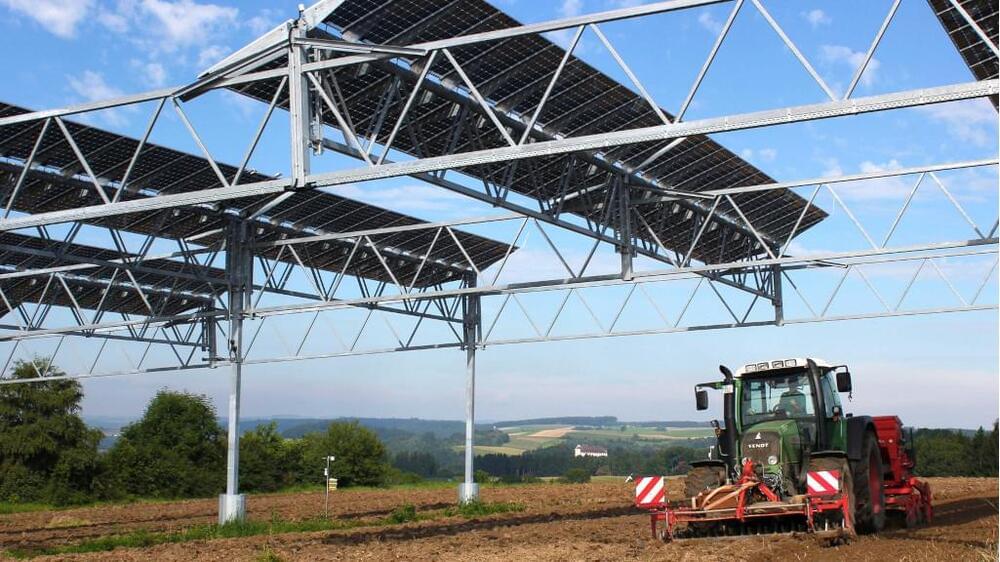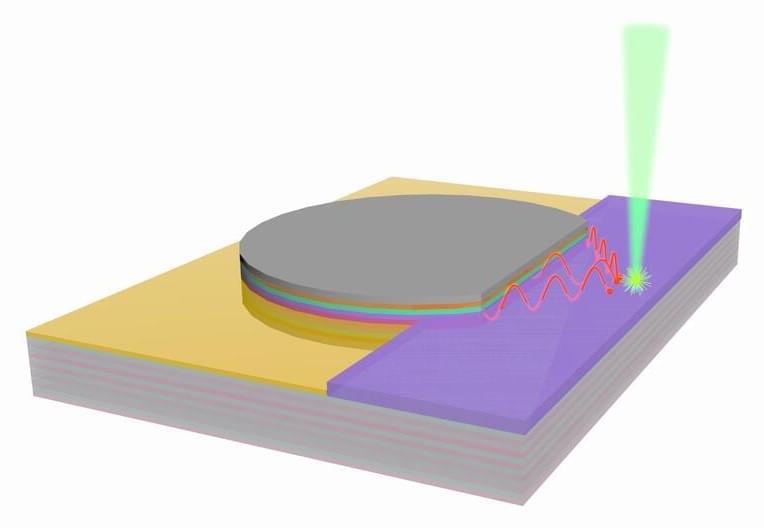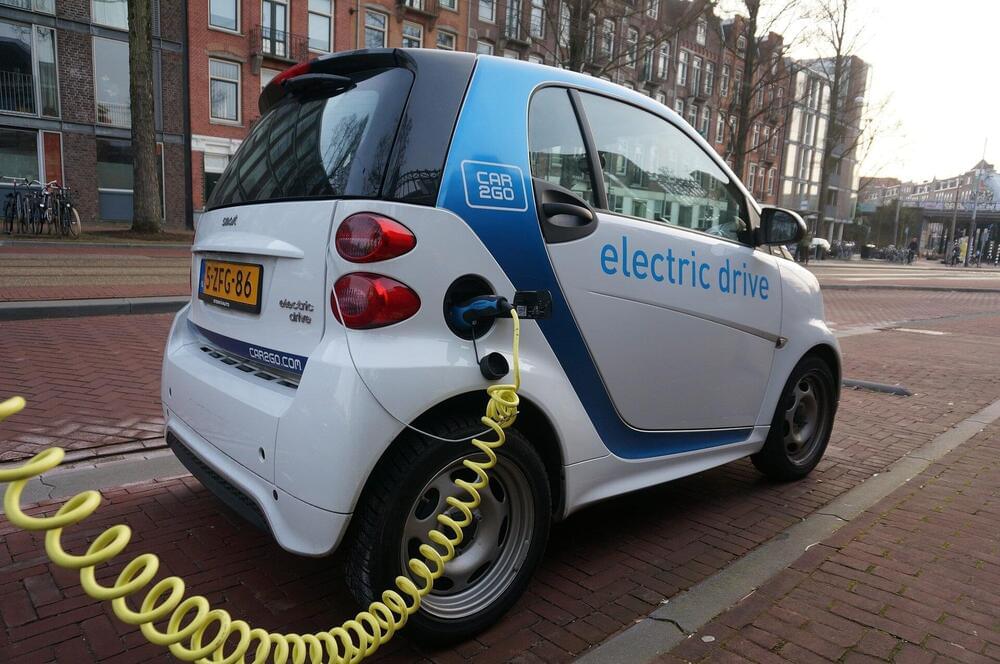Aviation is responsible for around five percent of human-induced climate change.
Commercial aviation has become a cornerstone of our economy and society. It allows us to rapidly transport goods and people across the globe, facilitates over a third of all global trade by value, and supports 87.7 million jobs worldwide. However, the 80-tonne flying machines we see hurtling through our skies at near supersonic speeds also carry some serious environmental baggage.
My team’s recent review paper highlights some promising solutions the aviation industry could put in place now to reduce the harm flying does to our planet. Simply changing the routes we fly could hold the key to drastic reductions in climate impact.









